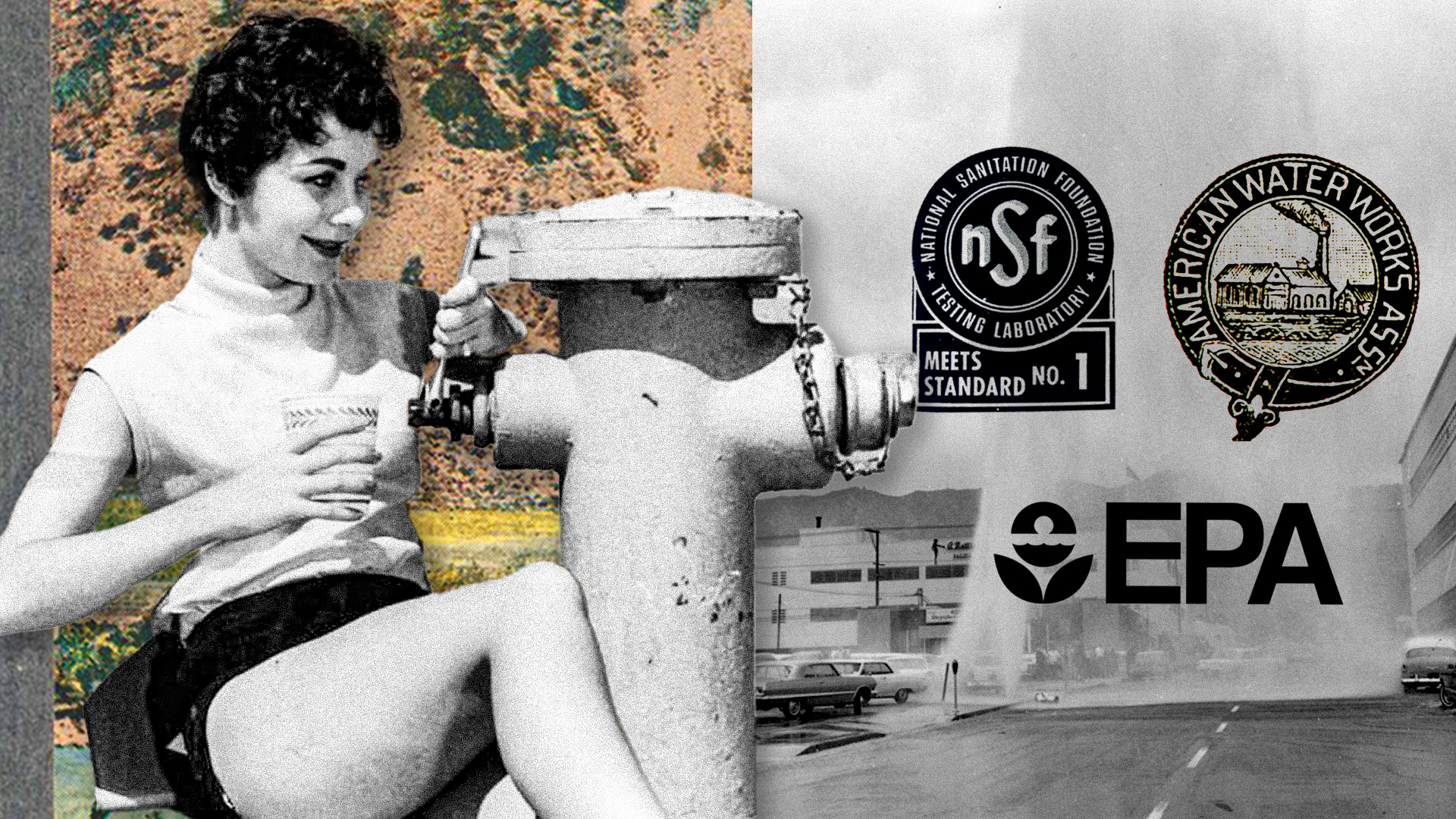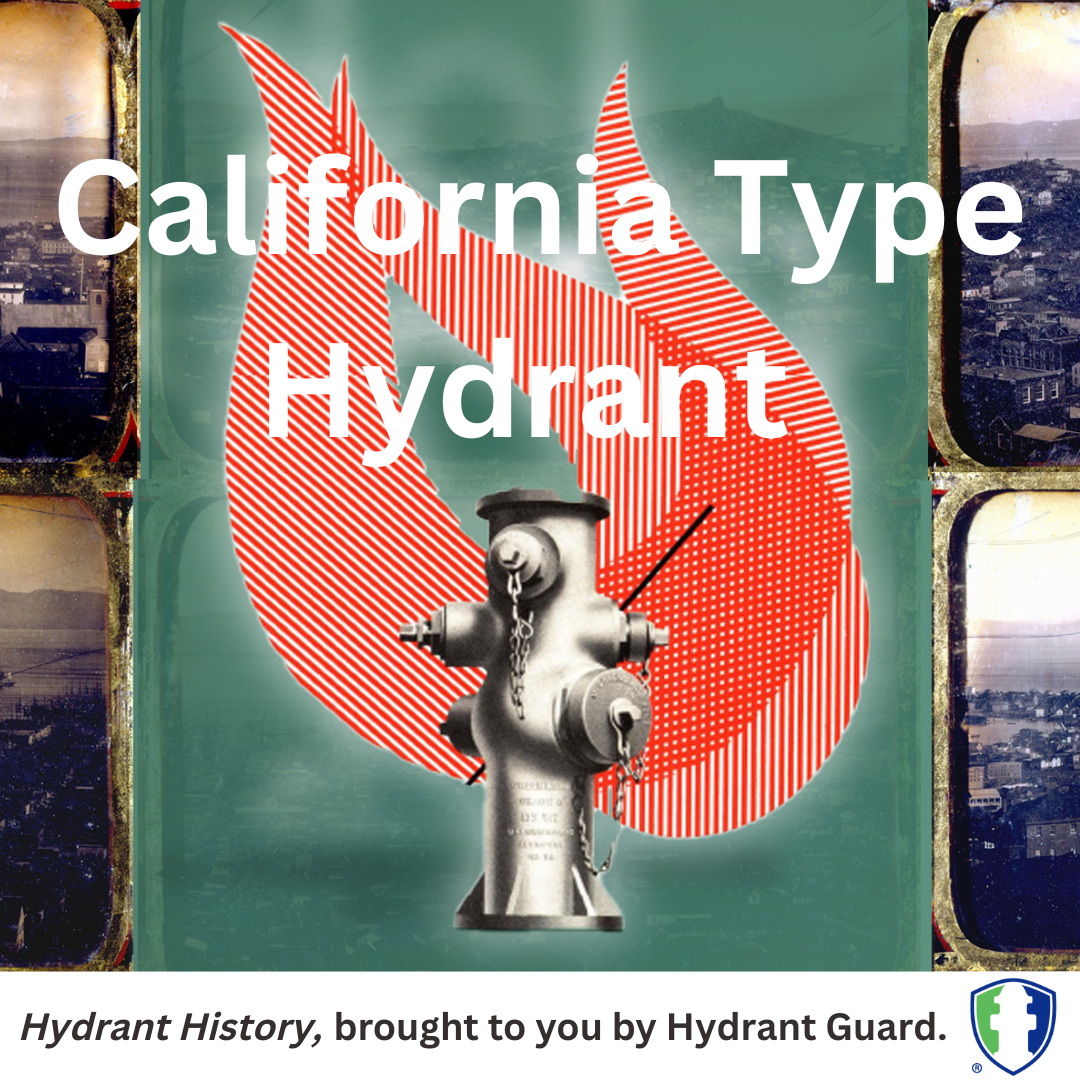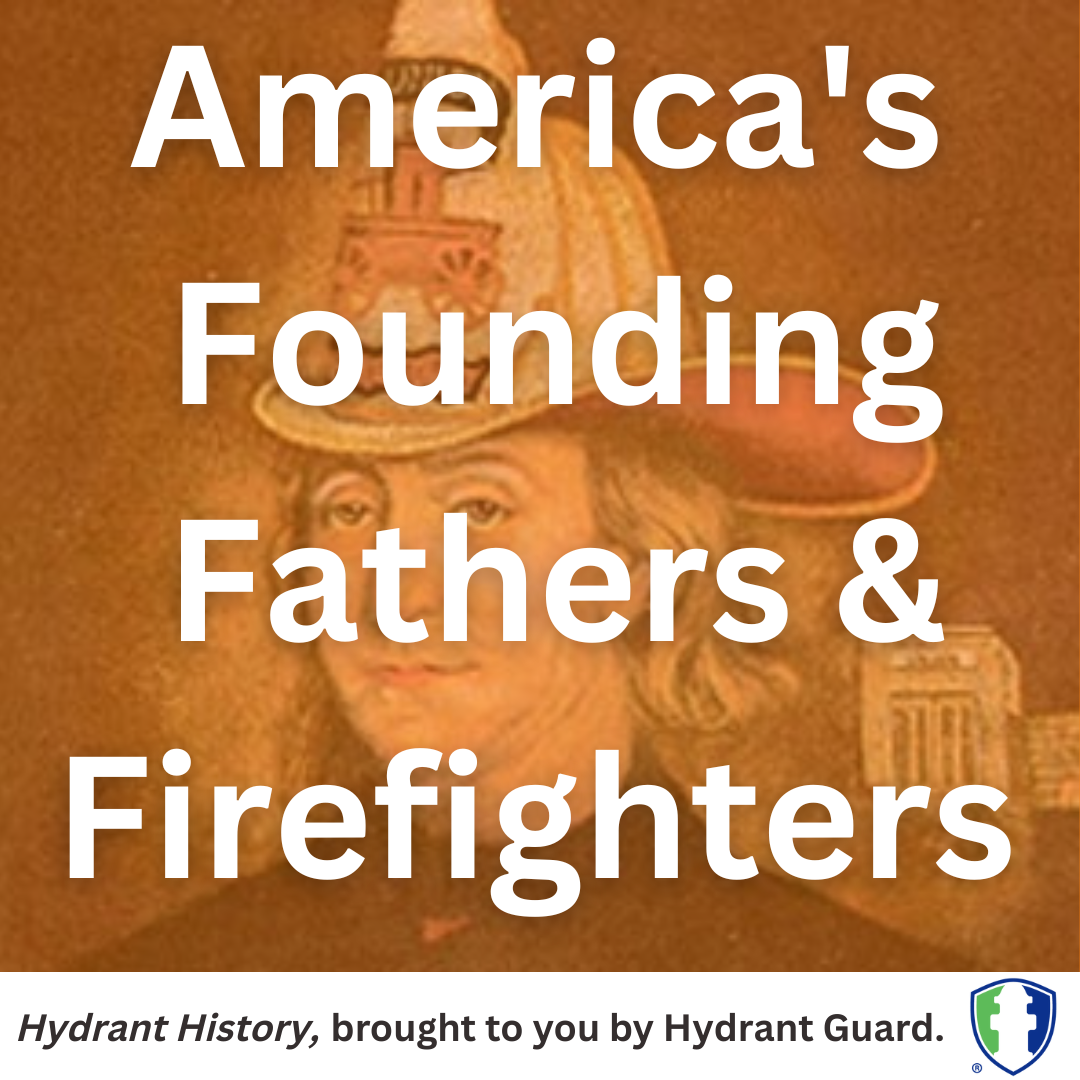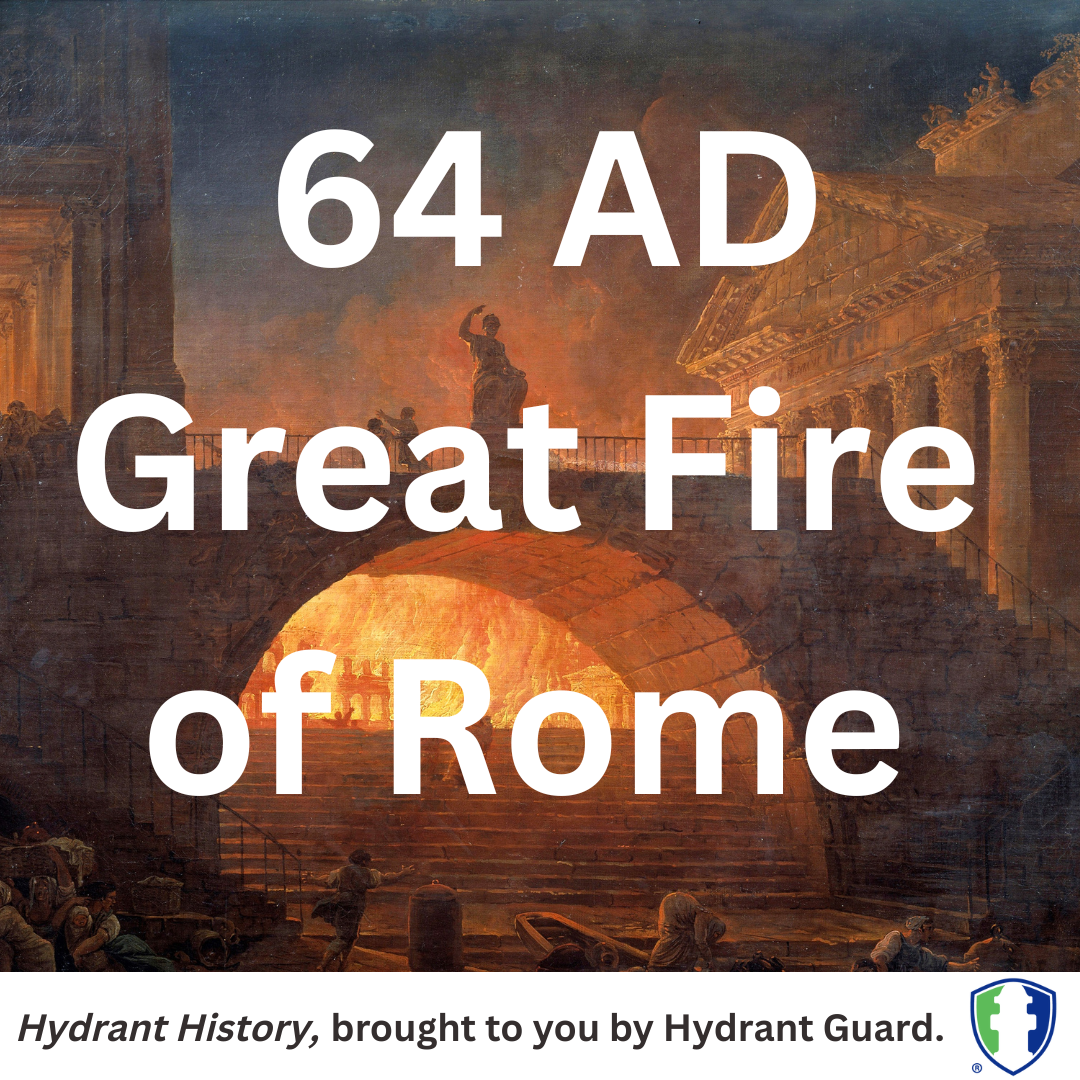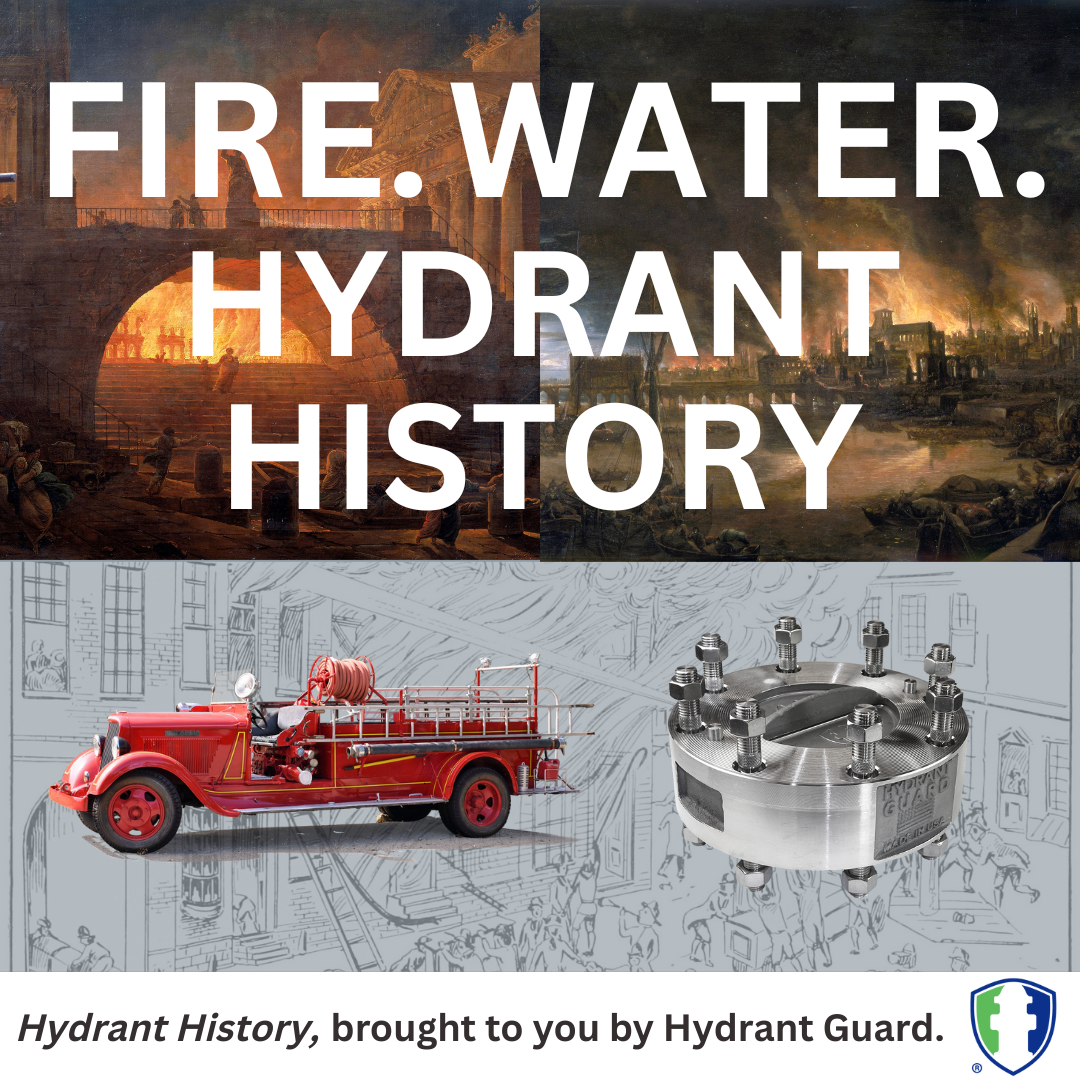Hydrant History: Standardizing Wet-Barrel Hydrants
After its first major fire in 1851, a San Francisco foundry began casting wet-barrel hydrants. A century later, Greenberg’s collaboration with water districts all over California had forever united hydrant engineering with municipal water management. But that didn’t mean the water providers and customers could live happily ever after. First, we needed assurance that the products storing and purveying water were safe, and that they functioned as a cohesive system. In short, the water industry needed regulation.

